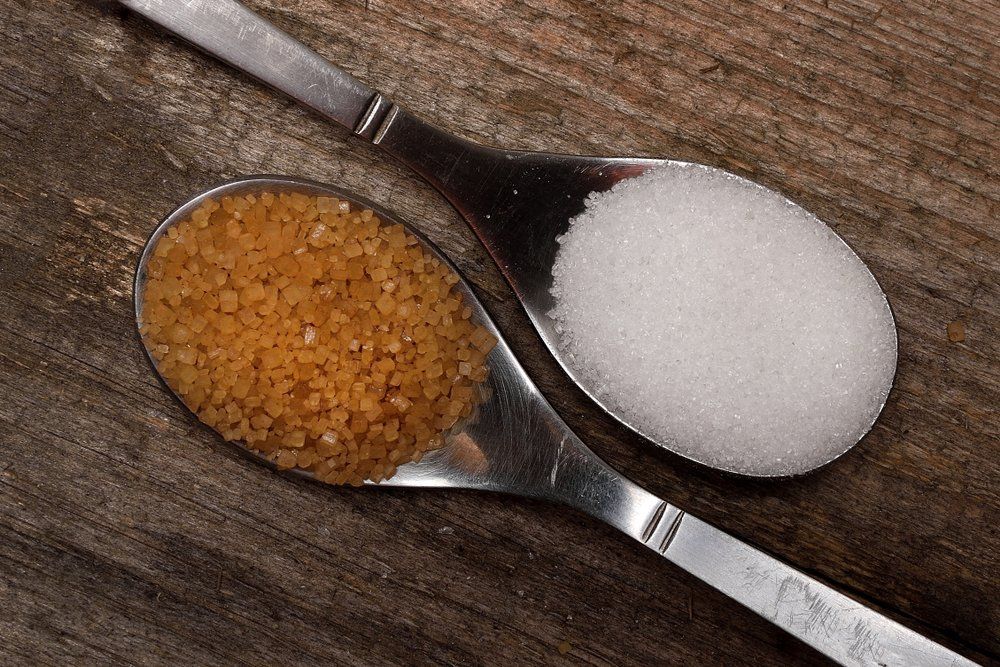The difference between beet sugar vs cane sugar extends beyond flavor to how they are harvested.
The difference between beet sugar vs cane sugar extends beyond flavor to how they are harvested.
Blog Article
Discovering the Differences in operation and Advantages Between Beet Sugar Vs Cane Sugar
In the cooking globe, the choice between beet sugar and cane sugar is not merely about sweetness however involves a nuanced factor to consider of flavor, application, and effect. While both sugars come from different plants, each undertakes unique manufacturing processes that subtly affect their qualities and suitability for various meals. As chefs and customers increasingly prioritize both the environmental and flavor profiles of their components, recognizing these distinctions becomes crucial. This exploration offers insight right into just how each sugar type can best enhance cooking developments.
Beginnings and Manufacturing Procedures of Beet and Cane Sugar

Walking cane sugar, on the other hand, comes from the sugarcane plant, an exotic grass native to Southeast Asia however currently grown in tropical zones worldwide - beet sugar vs cane sugar. The production of cane sugar begins with the harvesting of cane stalks, which are squashed to launch the juice.

Nutritional Material and Wellness Considerations

When contrasting the dietary content of beet sugar and cane sugar, it becomes apparent that both kinds basically supply the same caloric worths, with about 16 calories per teaspoon and no substantial nutrient diversity. Both sugars, when eaten in excess, can contribute to raised blood sugar levels, a threat element for diabetes and various other metabolic conditions. From a health perspective, moderating consumption of any type of sugar, whether from beet or cane, is advisable to stay clear of these possible negative results on health.
Taste Accounts and Culinary Applications
In spite of their similar chemical frameworks, beet sugar and cane sugar vary discreetly in flavor, which can influence their usage in various culinary contexts. Walking stick sugar typically brings a tip of molasses, also in its polished type, lending a cozy, caramel-like undertone that improves baked click now items, coffee, and chocolate-based dishes. This minor molasses flavor is specifically valued in the cooking industry for including deepness to sweets and breads. On the other hand, beet sugar is characterized by its highly improved, neutral preference, making it a functional sweetener that does not change the taste accounts of meals. This neutrality is particularly useful in fragile recipes, such as light breads, creams, and some sauces, where the integral tastes of other active ingredients are intended to stick out. Consequently, chefs and food suppliers might choose one sort of sugar over the various other based on the wanted flavor outcome of their cooking productions.
Environmental Impact and Sustainability
While both beet and cane sugars are acquired from plants, their environmental impacts differ dramatically as a result of the distinct methods of farming and handling needed for every. Sugar beet growing often entails considerable automation, which can raise nonrenewable fuel source intake and carbon exhausts. Beetroots can be expanded in cooler environments and require much less watering, possibly minimizing water use compared to sugarcane. Sugarcane, on the other hand, is commonly expanded in tropical areas where link it counts heavily on irrigation and a longer growing period, raising its water impact.
Moreover, the handling of sugarcane typically generates a considerable amount of waste, consisting of bagasse, which, although functional as biofuel, regularly adds to air pollution if melted inefficiently. Sugar beet processing makes use of more of the raw materials, resulting in less waste. Both industries encounter difficulties in lowering their environmental footprints, however continuous advancements in agricultural techniques and waste administration are intending to boost sustainability.
Economic Elements Influencing the Sugar Industry
The financial characteristics of the sugar industry are significantly influenced by global market demands and trade plans. In areas where sugarcane or sugar review beet production is subsidized, producers may have a financial benefit that allows them to offer reduced costs on the international market.
Additionally, changes in global need for sugar, affected by dietary patterns and commercial usage in food products, directly influence prices and manufacturing degrees. beet sugar vs cane sugar. Climate condition additionally play a crucial role, as they can dramatically affect plant yields and, consequently, the supply chain. This variability presents a level of economic unpredictability that can result in investment volatility in sugar production industries, influencing decisions from growing to market approach
Final Thought
To conclude, both beet and cane sugar have unique top qualities that suit various cooking requirements. While cane sugar conveys an abundant taste suitable for improving baked goods, beet sugar's nonpartisanship is best for lighter meals. Nutritional resemblances notwithstanding, their unique manufacturing processes and environmental impacts include intricacy to the selection between them. Thus, understanding these distinctions assists cooks and customers make informed choices that straighten with their health, culinary, and moral choices.
Report this page